
Jasper Semi-Precious Stone
Jasper dates as far back as the 4th and 5th millennium BC, and can be found referenced in the bible ...

Turquoise Semi-Precious Stone
The earliest evidence of turquoise gemstones comes from ancient Egyptian tombs, which contain elaborate turquoise jewelry dating back to 3000 ...

Onyx Semi-Precious Stone
Onyx, a member of the chalcedony family, takes its name from the Greek word “onux,” meaning “fingernail.” According to Roman ...

Jade Semi-Precious Stone
Jade was used extensively in daily and ceremonial objects of Chinese nobility and represented high rank and authority. Jade amulets ...
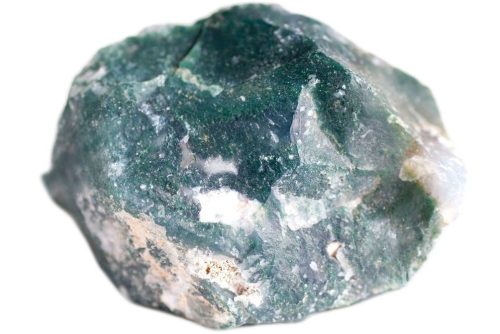
Agate Semi-Precious Stone
The stone was given its name by Theophrastus, a Greek philosopher and naturalist, who discovered the stone along the shore ...

Hematite Semi-Precious Stone
The nomenclature of hematite traces its origin to about 300-325 BCE when the Greek, Theophrastus, named it haime as bloodstone ...

Howlite Semi-Precious Stone
Howlite was discovered near Windsor, Nova Scotia, in 1868 by Henry How (1828–1879), a Canadian chemist, geologist, and mineralogist. Howlite ...

Sodalite Semi-Precious Stone
Sodalite is a dark blue mineral, commonly found in Brazil, as well as Canada. Sodalite brings order and calmness to ...

Macramé Cord
Macramé is believed to have originated with 13th-century Arab weavers. These artisans knotted the excess thread and yarn along the ...

Cotton Tassels
Tassels are representing luxury and superiority in many cultures, embellishing clothing, blankets, draperies and furnishings, tassels date back to ancient Egypt. In Egypt ...

Cotton Lace Ribbon
Lace, a decorative openwork web, was first developed in Europe during the sixteenth century. Queen Victoria had lace handmade for ...

Polymer Beads and Charms
Polymer clay it was first created in the late 1930s, it has been readily available for only the past thirty ...

 Acrylic Beads and Charms
Acrylic Beads and Charms Acrylic Pearls
Acrylic Pearls Bell Charms
Bell Charms Bohemian Charms & Connectors
Bohemian Charms & Connectors Cabochons
Cabochons Charm with 2 Loops
Charm with 2 Loops Chips Stone Beads
Chips Stone Beads Ceramic Beads
Ceramic Beads Crystal Glass
Crystal Glass Enamel Beads and Charms
Enamel Beads and Charms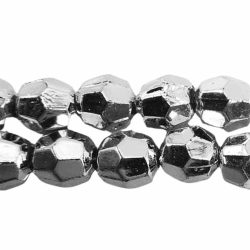 Electroplated Acrylic Beads
Electroplated Acrylic Beads Evil Eye Beads
Evil Eye Beads Fabric Beads and Charms
Fabric Beads and Charms Glass Beads and Charms
Glass Beads and Charms Glass Pearls
Glass Pearls Glass Seed Beads
Glass Seed Beads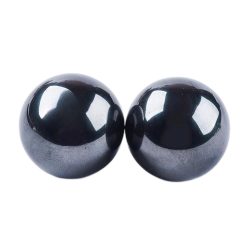 Hematite Beads
Hematite Beads Katsuki Beads and Charms
Katsuki Beads and Charms Lava Natural Stone Beads
Lava Natural Stone Beads Leather Pendants
Leather Pendants Metal Beads and Charms
Metal Beads and Charms Metal Caps
Metal Caps Natural and Coconut Beads
Natural and Coconut Beads Natural Wood Beads/Charms
Natural Wood Beads/Charms Natural Feathers
Natural Feathers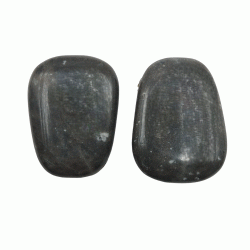 Natural Stones
Natural Stones Ocean Bamboo Beads
Ocean Bamboo Beads Plexi Beads and Charm
Plexi Beads and Charm Polymer Beads and Charms
Polymer Beads and Charms Religious Crosses
Religious Crosses Resin Charms and Beads
Resin Charms and Beads Rondelle/Barell Beads
Rondelle/Barell Beads Rhinestone Beads
Rhinestone Beads Rhinestones Charms
Rhinestones Charms Semi-Precious Stone
Semi-Precious Stone Shell Beads
Shell Beads Special Occasions
Special Occasions Stainless Steel Beads and Charms
Stainless Steel Beads and Charms Tassels
Tassels Top Faceted Beads
Top Faceted Beads Zirconia
Zirconia Wooden Beads and Charms
Wooden Beads and Charms Stainless Steel Findings
Stainless Steel Findings Stainless Steel Accessories
Stainless Steel Accessories Artistic Wire
Artistic Wire Bracelets
Bracelets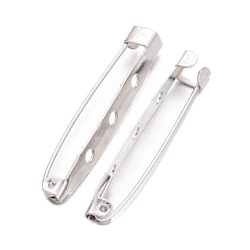 Brooches
Brooches Earrings
Earrings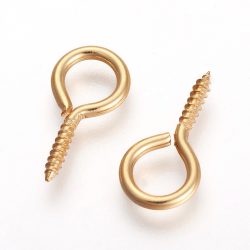 Findings
Findings End Caps
End Caps Jewellery Bags and Boxes
Jewellery Bags and Boxes Jewellery Clasps
Jewellery Clasps Jewellery Display & Storage
Jewellery Display & Storage Jewellery Making Glue
Jewellery Making Glue Keychains-Rings
Keychains-Rings Magnetic Clasp
Magnetic Clasp Tools
Tools Rhinestone Clasp
Rhinestone Clasp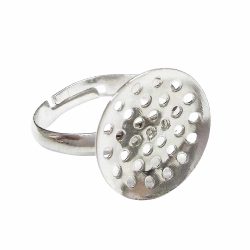 Rings
Rings Rubber Loops Ends
Rubber Loops Ends Artificial Suede
Artificial Suede Chains For Jewelry
Chains For Jewelry Cord of Worry Beads
Cord of Worry Beads Cotton Cord
Cotton Cord Crimped Curling Ribbon
Crimped Curling Ribbon Elastic Cord
Elastic Cord Elastic Coloured Cord
Elastic Coloured Cord Faux Leather
Faux Leather Flat Leather
Flat Leather Cord Braided
Cord Braided Hemp Cord/Ribbon
Hemp Cord/Ribbon Leather Round Cord
Leather Round Cord Macramé Bead Cord
Macramé Bead Cord Metal Wire
Metal Wire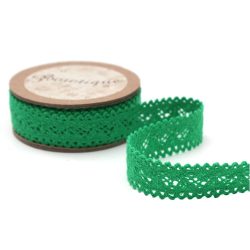 Lace
Lace Leather Items
Leather Items Paper String
Paper String Polyester Cord
Polyester Cord Ribbon
Ribbon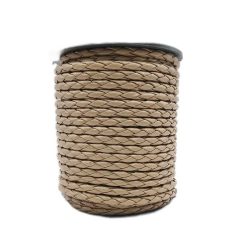 Braided Leather
Braided Leather Satin Wire
Satin Wire Snake Cord
Snake Cord Stitched Cord
Stitched Cord Various Cord
Various Cord Various Stringing Leather
Various Stringing Leather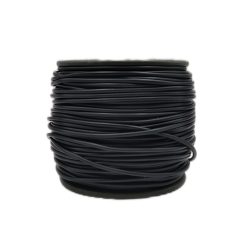 Vinyl Cord
Vinyl Cord PARACHUTE & CLIMBING CORDS
PARACHUTE & CLIMBING CORDS Brass Monogram
Brass Monogram Fabric-Hemp Items
Fabric-Hemp Items Faux Jewellery
Faux Jewellery LIMITED
LIMITED
